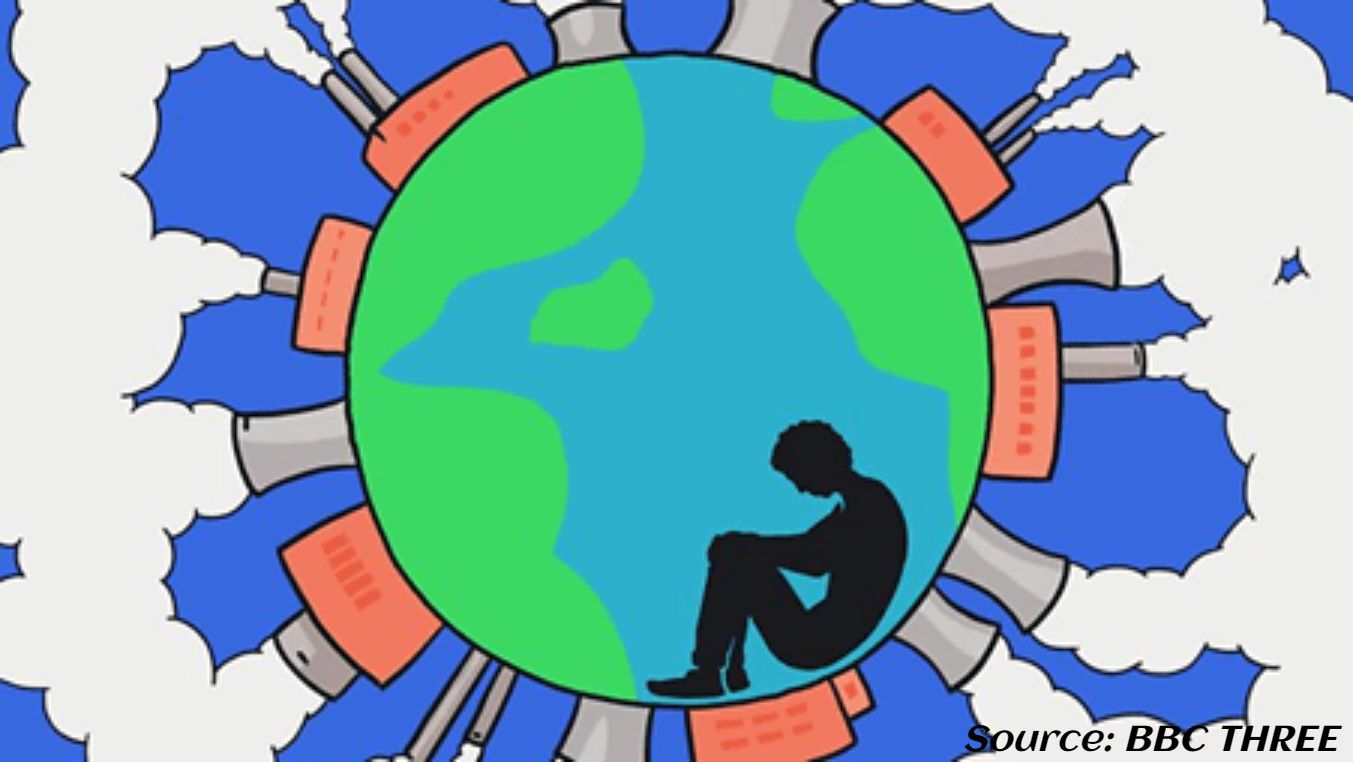Debt-for-nature swaps are making headlines as a form of climate finance that reduces a country’s debt in return for environmental commitments. With the cost of mitigating climate change estimated to be between $3-6 trillion a year globally by 2050 according to International Monetary Fund (IMF), innovative financial mechanisms like debt-for-nature swaps are crucial for supporting developing countries in their transition to a more sustainable and climate-resilient economy.
What are Debt-for-Nature Swaps?
These are financial instruments that allow countries to free up fiscal resources to combat climate crisis and protect nature and biodiversity. By doing this, countries can focus on sustainable development without incurring heavy financial burden. Creditors provide debt relief in return for a government’s commitment to decarbonize the economy, invest in climate-resilient infrastructure, or protect biodiversity.
For instance, a debt for nature swap can be an agreement between a creditor (bank or lending government) and debtor (developing country) to allow portions of a debtor’s foreign debt to be forgiven. This is done in exchange for commitments to invest in biodiversity conservation and environmental policy measures. This is most common in instances where debtor countries are at a high risk of defaulting loans and payments.
What are the benefits of debt-for-nature swaps?

A General Illustration of a Debt-for-Nature Swap by Christoph Nedopil
Debt-for-nature swaps offer several benefits. For debtor countries, they provide an opportunity to reduce external debt while investing in environmental conservation and climate change mitigation. For creditor entities, they offer a way to absolve themselves of high-risk debt relations. For the environment, they provide a means to protect biodiversity and promote sustainable development.
Challenges and Limitations
Despite the benefits, debt-for-nature swaps also come with challenges and limitations. Concerns have been raised about the potential risks associated with fluctuating exchange rates, inflation, and fiscal or liquidity crises in debtor countries. Additionally, there are concerns about debtor countries’ potential loss of legislative leverage and sovereignty to foreign entities, especially when bilateral or multilateral swaps are employed. These bonds and swaps can be set aside in favour of the agenda of the creditor and may not align with local conservation needs.
Debt relief can also lead to mismanagement of resources and the risk of corruption especially in low-income countries with a tendency to favour the elite and exclude communities at the grassroot that are primary custodians of natural resources.
Case Studies
Several countries have successfully implemented debt-for-nature swaps. For example, in 1987, Conservation International arranged the world’s first debt-for-nature swap, forgiving a portion of Bolivia’s foreign debt in exchange for the Bolivian government setting aside 3.7 million acres of land adjacent to the Amazon Basin for conservation purposes. In Africa, Seychelles in collaboration with United Nations Development Programme (UNDP), the Global Environment Facility, Global Environment Facility, and the Nature Conservancy was able to protect up to 400,000 km² of ocean through a debt forgiveness of $27 million.
Conclusion
Debt-for-nature swaps offer a promising approach to addressing the climate crisis while promoting sustainable development. While there are challenges and limitations to be addressed, the benefits of debt-for-nature swaps make them an important tool in the fight against climate change. As the global community continues to seek innovative solutions to the climate crisis, debt-for-nature swaps are likely to play an increasingly important role.







